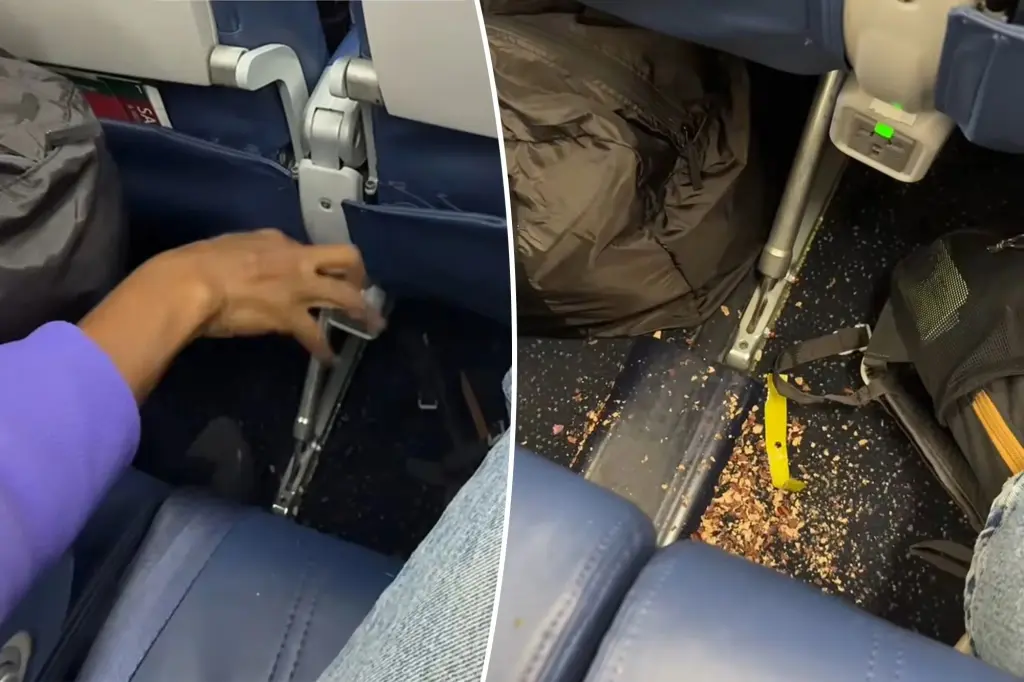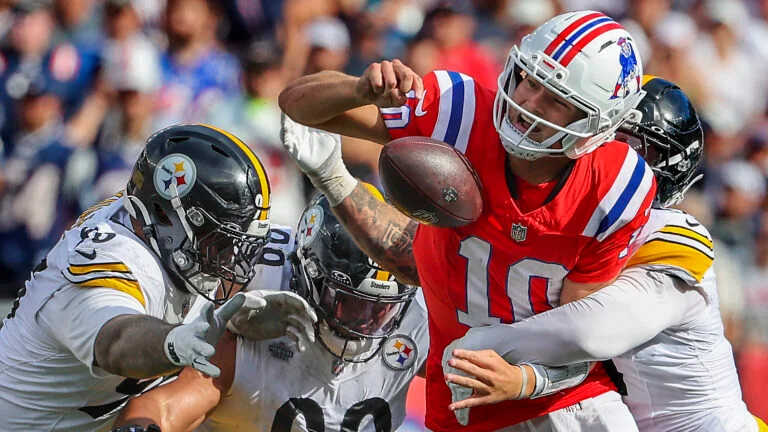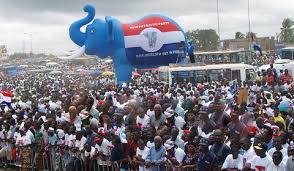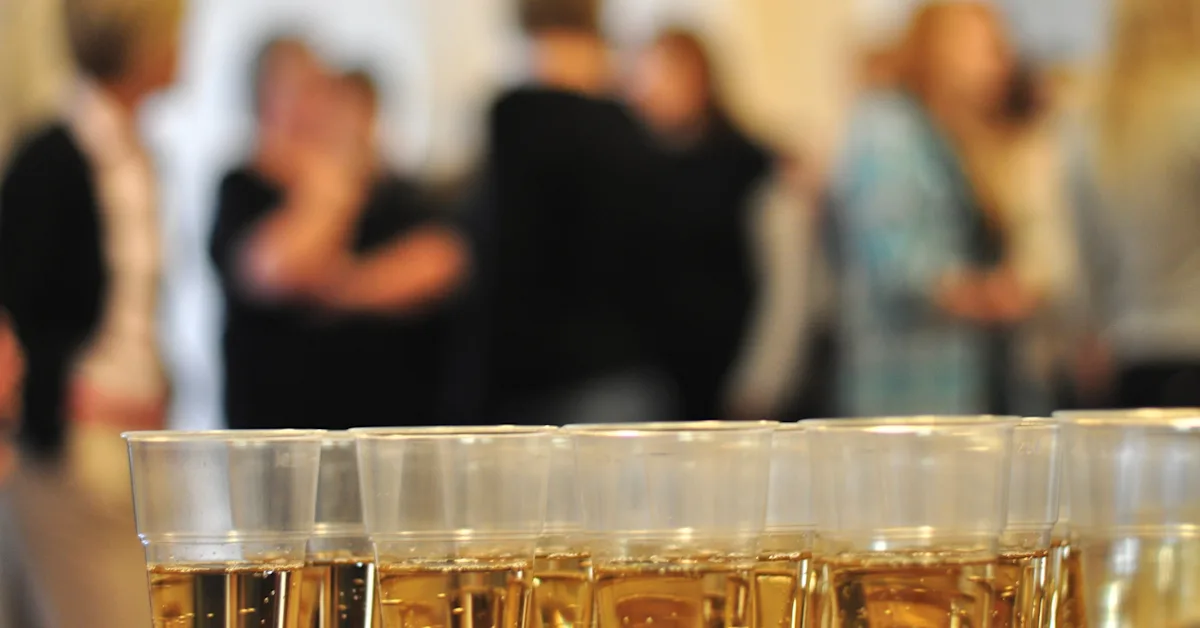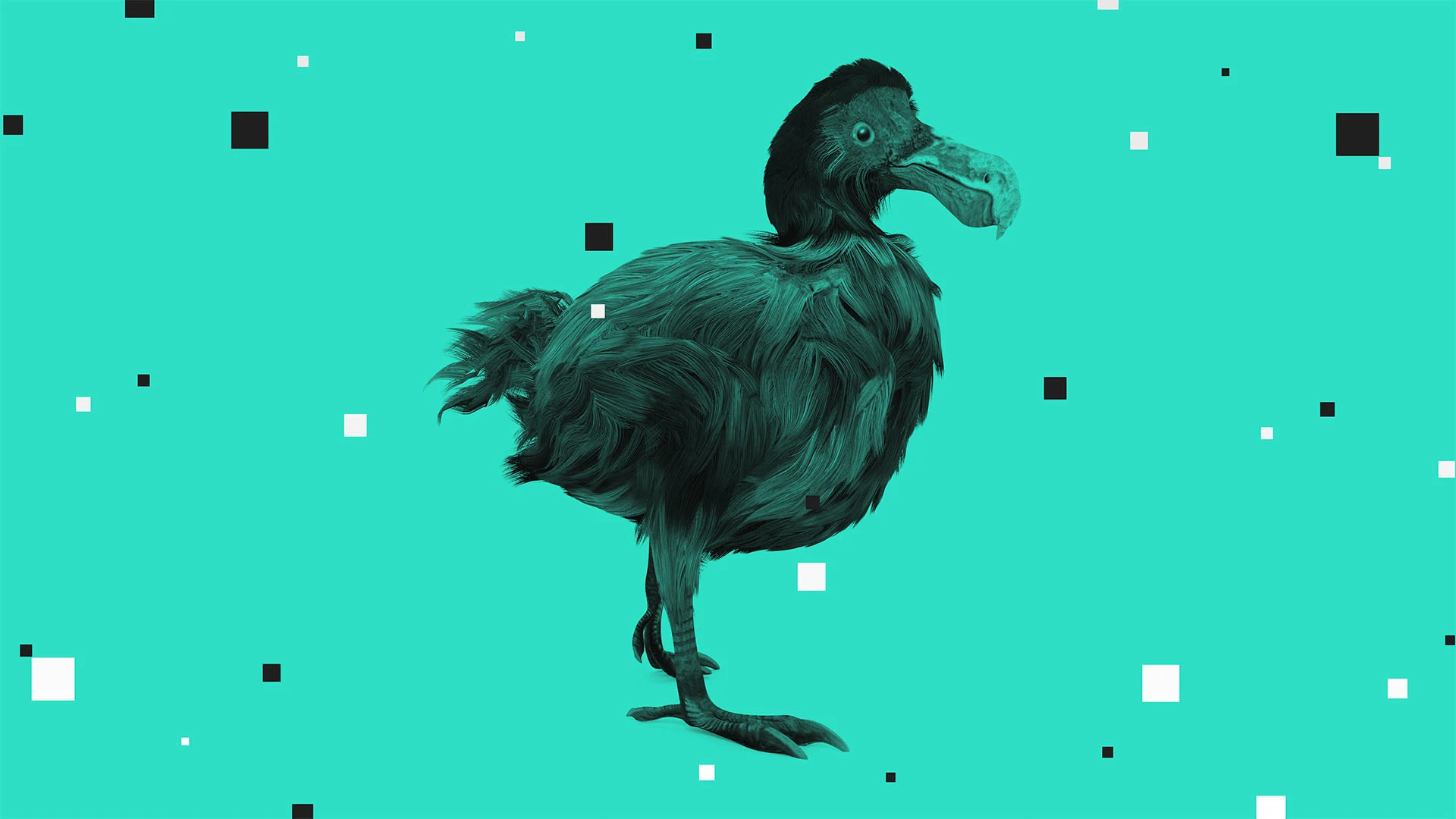
The breakthrough achievement comes after the company successfully grew pigeon primordial germ cells (PGCs) for the first time in history. This breakthrough in PGC culture, which had thus far only been possible for more common birds like chicken and geese, is a pivotal step to the de-extinction of the dodo species for the first time in nearly 300 years.
Texas-based Colossal has recently expanded its Series C to a total of $320 million, after an additional $120 million, from USIT, Bob Nelsen and Peter Jackson, bringing its total funding since its 2021 launch to over $555 million. This latest raise values the company at $10.32 billion.
“Our avian team’s breakthrough in deriving culture conditions that allow pigeon primordial germ cells to survive long-term is a significant advancement for dodo de-extinction,” noted Colossal CEO and co-founder Ben Lamm. “This progress highlights how Colossal’s investment in de-extinction technology is driving discovery and developing tools for both our de-extinction and conservation efforts.”
Prior to its most recent Dodo announcement, Colossal’s Avian Genetics Group had announced its partnership with the New Zealand-based Ngāi Tahu Research Centre, to resurrect the extinct South Island Giant Moa.
Colossal’s latest breakthroughs accelerate progress toward dodo de-extinction and broader biodiversity conservation efforts for bird species beyond chickens and geese.
“This breakthrough in culturing pigeon primordial germ cells represents a transformative tool for avian conservation,” said Beth Shapiro, Colossal’s Chief Science Officer. “By developing these protocols, we’re establishing crucial biobanking capabilities and opening new possibilities for genetic rescue of endangered species.”
Colossal has also formed the Mauritius Dodo Advisory Committee to oversee local conservation efforts and aid in the development in rewilding the dodo in the eastern African country.
Generating edited PCGs is only one of two steps in creating the genetically modified bird. A significantly daunting second step involves injecting edited PGCs into embryos to produce birds whose sperm or eggs pass on the edits.
While the method seems straightforward, only a few labs worldwide have actually succeeded in producing birds whose reproductive cells have actually carried on genetic modifications.
